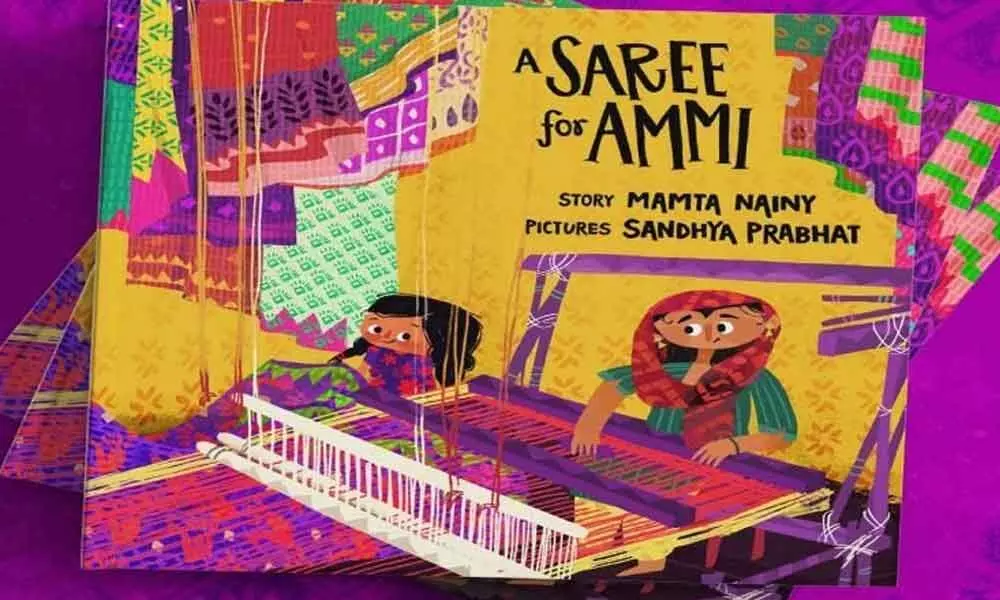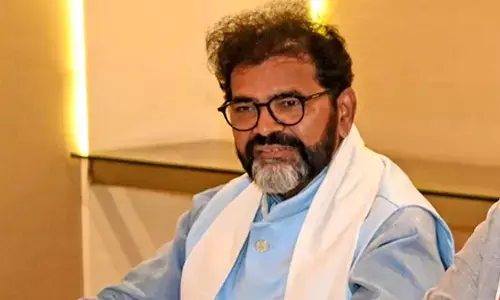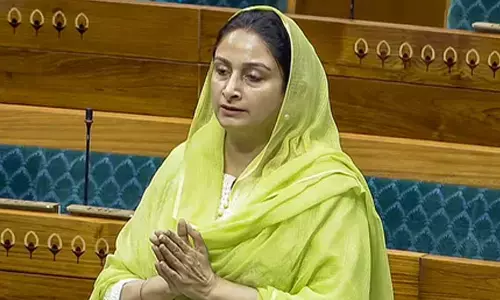What makes children's books so special?

From then to now, where almost everyone's eyes are fixated on digital screens to study, work or just entertain because of the lockdown, books have taken a backseat.
Children's books in English came to being since 1475. The first books were instruction manuals, teaching good behaviour.
Children's books in English came to being since 1475. The first books were instruction manuals, teaching good behaviour. Over the next few centuries, they graduated to include an element of entertainment, albeit under a pattern -- instruction first, entertainment second, and then progressed to morally uplifting lessons wrapped in stories, fairy tales. From the mid-nineteenth century, English books began to consider children's experiences, their desires, reading appetite and evolved with them.
In a parallel world in India, children's literature was already being nurtured. It was during the colonial regime, writings about pre-colonial times and Indian fairy tales emerged. From the late 20th century, for some Indian languages, children's books became a part of its cultural identity.
From then to now, where almost everyone's eyes are fixated on digital screens to study, work or just entertain because of the lockdown, books have taken a backseat. The simplest solution, however, to find one's way back to reading is through a good book. One that is hard to come by and even harder to let go of.
Books expand horizons, enhance communication, and initiate a deep learning journey for the young. This article helps to identify what makes children's books special and why you (a parent, sibling, or an educator) should be an advocate of reading :
Reading for pleasure, reading at leisure
Children's books are synonymous to reading for pleasure. Well-written stories make for great leisure read through engaging text and attractive visuals. Giving children access to books across genres and languages can encourage and instill reading as a habit. Reading aloud is a great way too, to rope them into the world of words early on. Indian publications have a gamut of good books available to be discovered. A few suggestions here -- Mahagiri (CBT), The Magical Web Bridge (Katha), A Pair of Twins (Karadi Tales), A Saree for Ammi (Tulika), The Mountain that Loved a Bird (Tulika).
Illustrations
Illustrations have the magical ability to draw younger children in and introduce them to various realities. Pre-schoolers learn to read pictures much before words. They become dependent on pictures for understanding the story, relating with the characters, and connecting. As they grow older, this dependency reduces because by then, illustrations have played the magnificent role of putting the child on the reading path. Once the child is there, they can travel across genres, languages, and themes, finding solace in stories. Books with outstanding illustrations -- Flitter Flutter (NBT, wordless), Ammachi's Glasses (Tulika, wordless), Pishi and Me (Pratham Books, picture book), The Sea in a Bucket (Eklavya, picture book), Indira (Context, graphic novel).
Richness and diversity
Books published in recent times have been mindful to offer stories that are diverse and inclusive. The landscape of Indian children's literature begun to present this spectrum for the younger and older children through original writings and translations. They are stories from the centre and the margins, stories of different lives and living. Reading stories of 'the other' not only breaks stereotypes but also prepares the reader to not feel threatened and instills acceptance and empathy. It opens their minds to look at the world in colour instead of glorifying black, white, and grey. Must-reads -- The Why Why Girl (Tulika), Choksi Goes to School (Tulika), Puu (Scholastic), Sadiq Wants to Stitch (Karadi Tales), Treasures from Tibet (Katha), Who will be Ningthou (Tulika), We Come from the Geese (Adivaani).
Anyone can read them
Children's books are stimulating! Reading books as adults can be equally fulfilling. A book written for children acts as a gateway to newer or alternate views. For adults, in some ways, it is a reminder that there is always hope to return to. A small fraction of people into adulthood continue to read, and among them, a minor fraction continues to read children's books. It is important to realise that children's books are a place to seek and receive. There are layers to be explored with the curiosity of a child and the grounding of an adult.




















